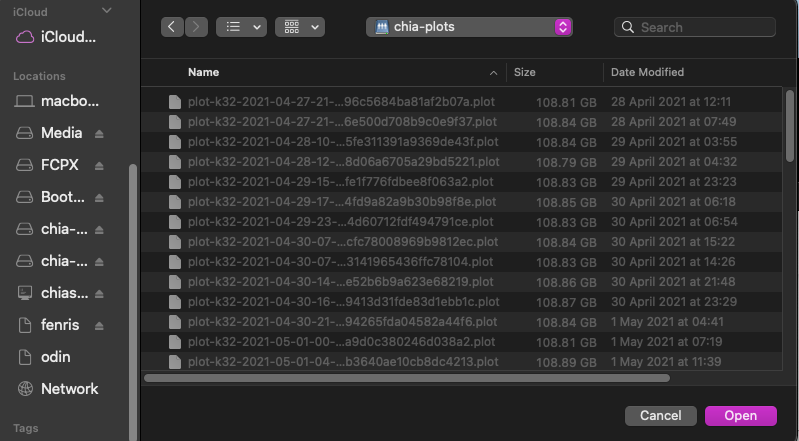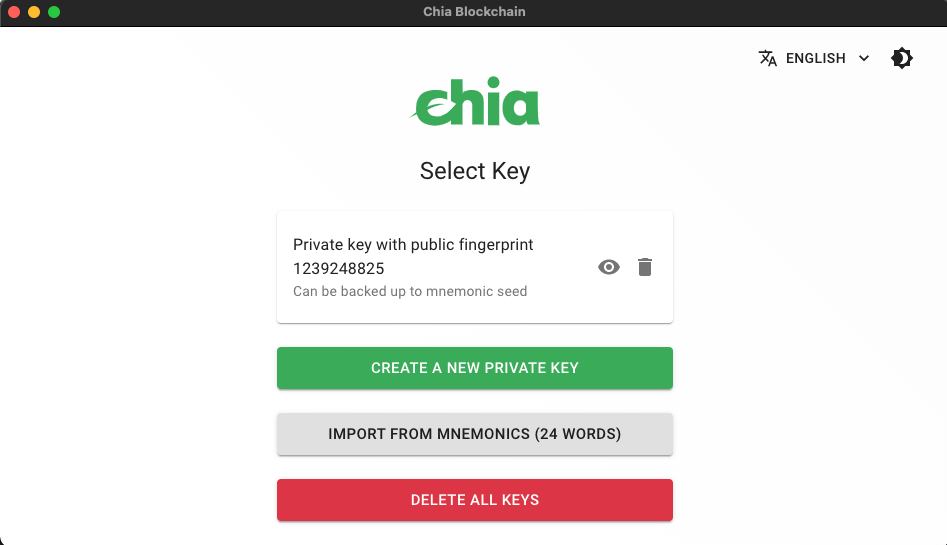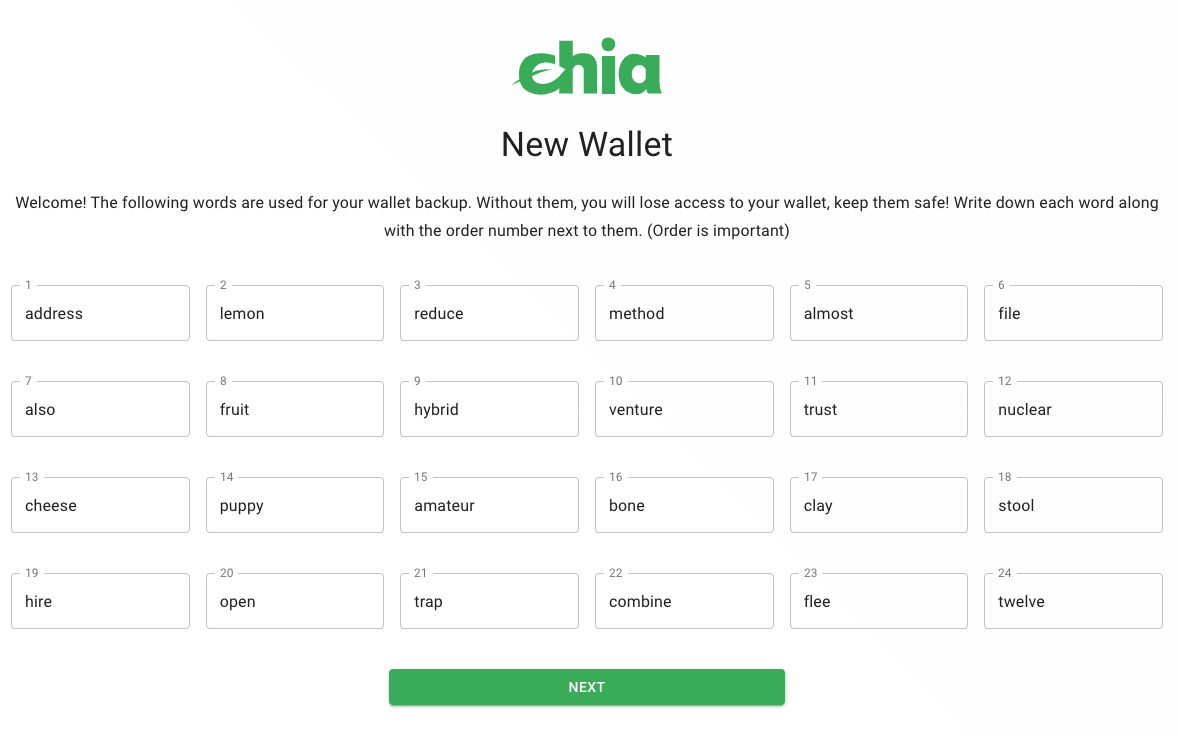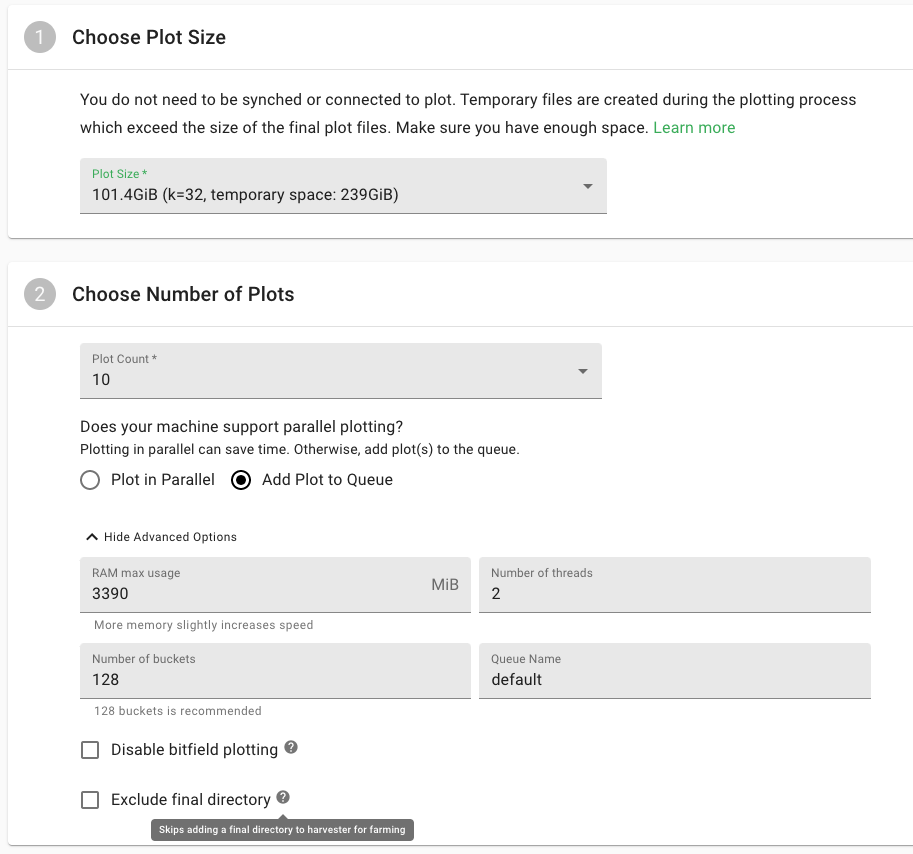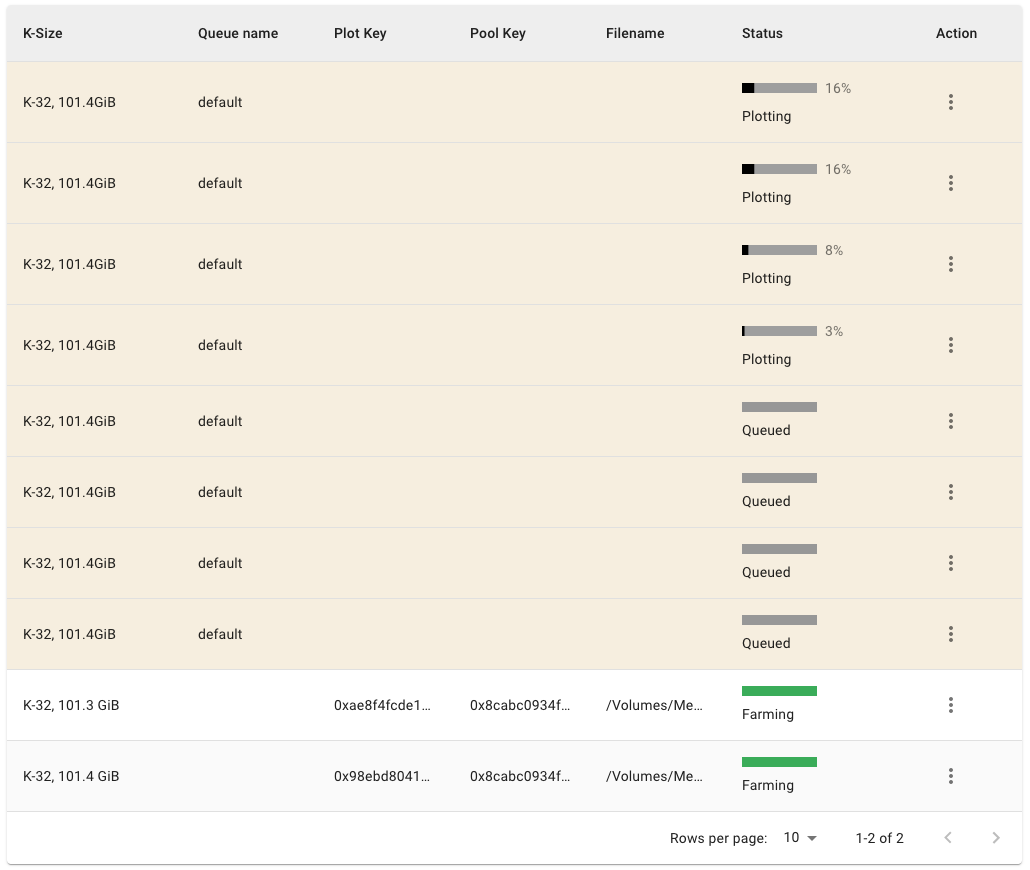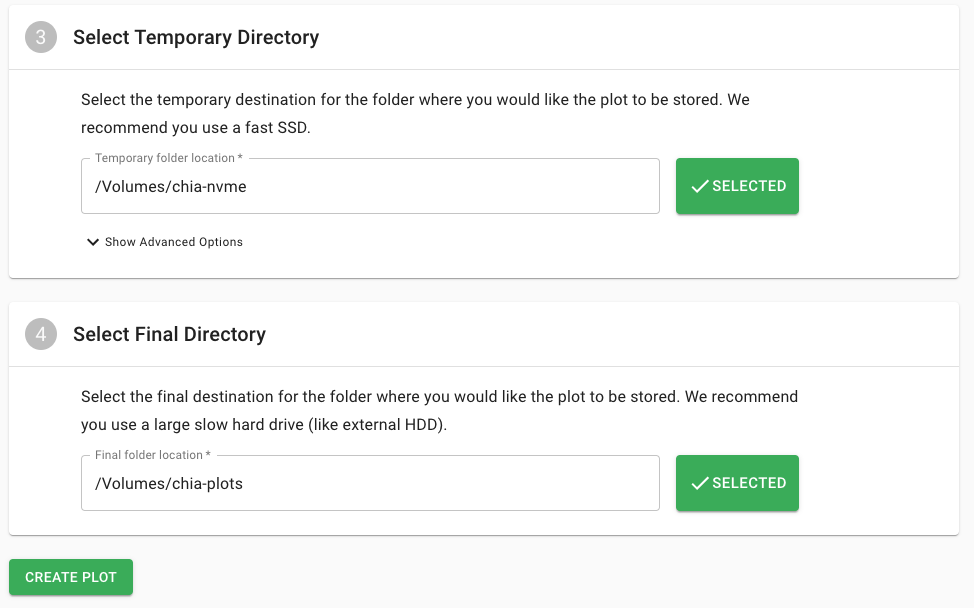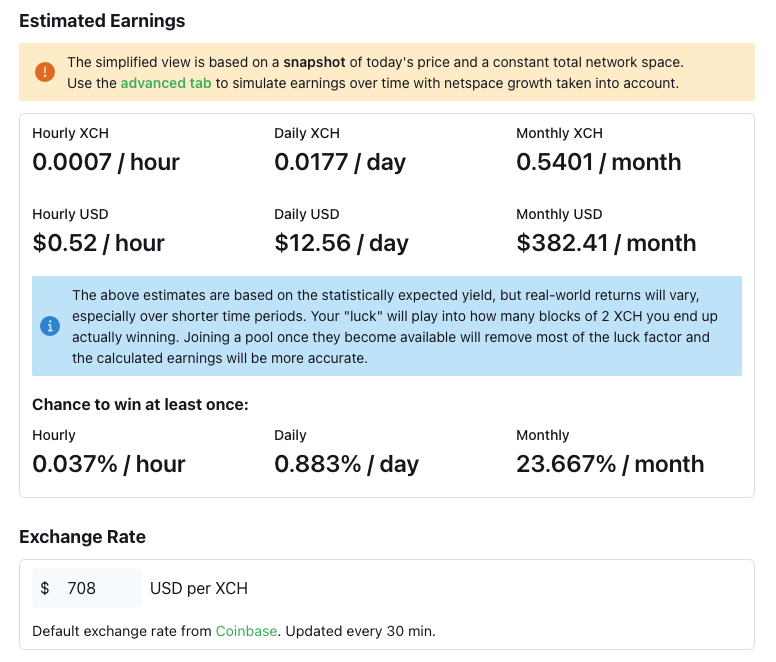Another day, another cryptocurrency. This one promises to be "green"—but is already causing hard-drive shortages globally. So what is Chia, why is it actually different, and more importantly: how can you get started farming it?
No, Not That Chia
Chia is a cryptocurrency that's secured by proof of space rather than proof of work. That means sustaining the network and "mining" coins requires no more than some spare space on your hard drive. In fact, once your farm is created, it can be run from a very low-power device like a Raspberry Pi, or just a lightweight app on your PC.
It's just the initial "plotting" stage or sowing the seeds that requires some computational effort. In theory, anyone should be able to farm Chia, preventing any single actor from holding a controlling stake and breaking the network. You don't need specialized expensive hardware; any old hard drive will do.
This is in stark contrast to most current proof of work cryptocurrencies, such as Bitcoin and Ethereum, which waste vast amounts of energy doing complex computations to secure the network (and have also led to graphics card shortages). If Bitcoin were a country, it would be in the top 30 energy users worldwide. That's simply not acceptable when faced with the current climate crisis.
Chia Farming, Not Mining
In an effort to distinguish itself from other cryptocurrencies, Chia is farmed, not mined, though practically speaking, it's the same concept. You're securing the network by offering a resource (hard disk space) in exchange for a chance to win some coins.
At the time of writing, farming pool functionality has not yet been added, which means you're on your own, and it may take many, many months to win a block, if ever. When pooled farming is added, returns will be more predictable, but you'll need to create new plots in a special "portable" format. However, you'll be able to continue farming your existing plots, so it's worth starting anyway.
What Do You Need to Start Farming Chia?
There are two stages to farming Chia.
The first is "plotting," which means creating the large files on your hard drive as proof that you have spare storage. You can't use that space for anything else unless you delete your plot. You can create as many plots as you have space for, and it goes without saying that they can't be compressed (at least, not effectively).
While this can strictly be done on any computer, you'll get the best results on a reasonably powerful modern machine, with a fast storage system, like an SSD or NVMe drive. The faster you can plot, the faster you'll start farming. Plotting is a one-time process, but it involves writing hundreds of gigabytes of data repeatedly to the drive.
Although your machine might already be equipped with a fast internal NVMe or SSD, you shouldn't use that. Plotting will significantly increase wear and tear leading to early drive failure, particularly on consumer-grade drives.
MyDrivers reports Chia farming wrecked a typical consumer drive in just over a month. The best drive to use is an enterprise-grade or NAS-rated NVMe such as Seagate Ironwolf.
Once the plot has been created, you can move the resulting file anywhere you like (as long as you have the space for it!). The Chia client will do this automatically for you.
The second stage, then, is "farming," where you might consider each plot of the farm to be a lottery ticket. If your plot matches the filters for that block, it's put forward into the lottery and has the chance to win a block reward. Your farm plots can be stored on any old, slow drive or even on a network-attached storage (NAS) system.
The client software used for Chia farming is very lightweight and can be run fine on a mini PC or other low power devices like a Raspberry Pi without lessening your chances of winning a block.
Install The Chia Client and Generate a Secret Key
The first step is to download the Chia client and create your wallet. Once installed, open the app and select Create New Private Key.
You'll be presented with 24 keywords in a specific order, which you can change if you wish. Write these down somewhere, or print out a screenshot, or both. This is your access key to the Chia network, and it's very important.
If you lose it, you will lose your funds forever. If someone else gets the key, they will gain access to all your Chia funds. This is a password to access your wallet—not the wallet address—so never share it.
(Obviously, the screenshot I shared is not my actual wallet!)
Create a Plot
Click the Plots tab on the left-hand, and select the big green Add a Plot button.
For your first plot, it's best to leave most of the settings on default and just choose the directories, but we'll explain the most important ones here.
1. Choose Plot Size
k=32 is the standard plot size, which is roughly 100GB when completed and requires 240GB temporary working space.
2. Choose Number of Plots
If you have a fast machine and you're going to leave it on overnight, it might be worth plotting 3 or 4 in a queue and seeing how far it gets, just to get an idea of how fast your machine can do it. The default option is Add Plot to Queue, meaning the plotting process occurs one after another.
Plotting in parallel can be quicker, but you'll need a lot more RAM, and in my experience, renders your computer useless for any other task and is much more likely to crash (meaning you'll have to start from scratch). I wouldn't recommend parallel plotting unless you've built a machine specifically for this purpose and already understand the process fully.
In short, it's not worth the risk.
If you have multiple machines all plotting into a single farm directory (you only need one machine to do the final farming process), click the toggle to Show Advanced Options, and select the Exclude Final Directory option. Leave this unchecked if you're just working from a single machine, and it'll automatically add your completed plots to your farm.
3. Select Temporary Directory
This should be a fast, preferably enterprise-grade SSD, and not your internal boot disk. The faster, the better. If you're plotting in parallel, divide by 250GB to figure out roughly how much space you need for each 100GB plot.
For example, don't try to plot more than four in parallel on a 1TB drive. Also, remember to delete previous temporary files if something went wrong—the app will not automatically do this, so you may, in fact, have less space than you thought.
4. Select Final Directory
This is where your actual farm will live. It should be as big as possible but needn't be locally attached. If you want the most space possible, consider using a NAS, either with redundant drives for data security or with each disk as a separate volume (such that any drive dying won't take out the whole array).
Once the final plots are created, feel free to move them around—they're not tied to a specific hard disk. If you upgrade to a larger drive, you can simply move them to the new location, then from the Plots tab, select the Add a Plot Directory option from the three dots menu in the top right.
How Much Chia Will You Earn?
Since I started writing this guide, the total storage space given over to the Chia network has not just doubled or tripled but has quintupled, from three to fifteen Exabytes. Yes—Exabyte (EB)—that's one million Terabytes (TB). With a little over 10TB in my farm (less than 0.0001% of the total), the Chia client is currently estimating 10 months until I win a block, though a more accurate estimate could be up to three years.
ChiaCalculator.com is a good way of calculating your expected earnings. Assuming I can fill another 20TB reasonably quickly, I should be earning just less than $300 a month at the current exchange rate. You can use the advanced options to estimate more accurately based on your actual plotting speed and taking into account network growth. But as with any speculative commodity, prices can, of course, rise and fall.
You're a Farmer Now!
Chia isn't the first alt-coin to go the proof of space route, but it is the first to come from Bram Cohen, the creator of the BitTorrent protocol. BitTorrent is estimated to account for 30% of all the upstream internet traffic. So the man knows his stuff when it comes to distributed protocols.
That's why I think Chia might be the one alt-coin that's actually different from all the others (while also recognizing that every alt-coin every has also thought that it was, in fact, the one true Bitcoin successor).


